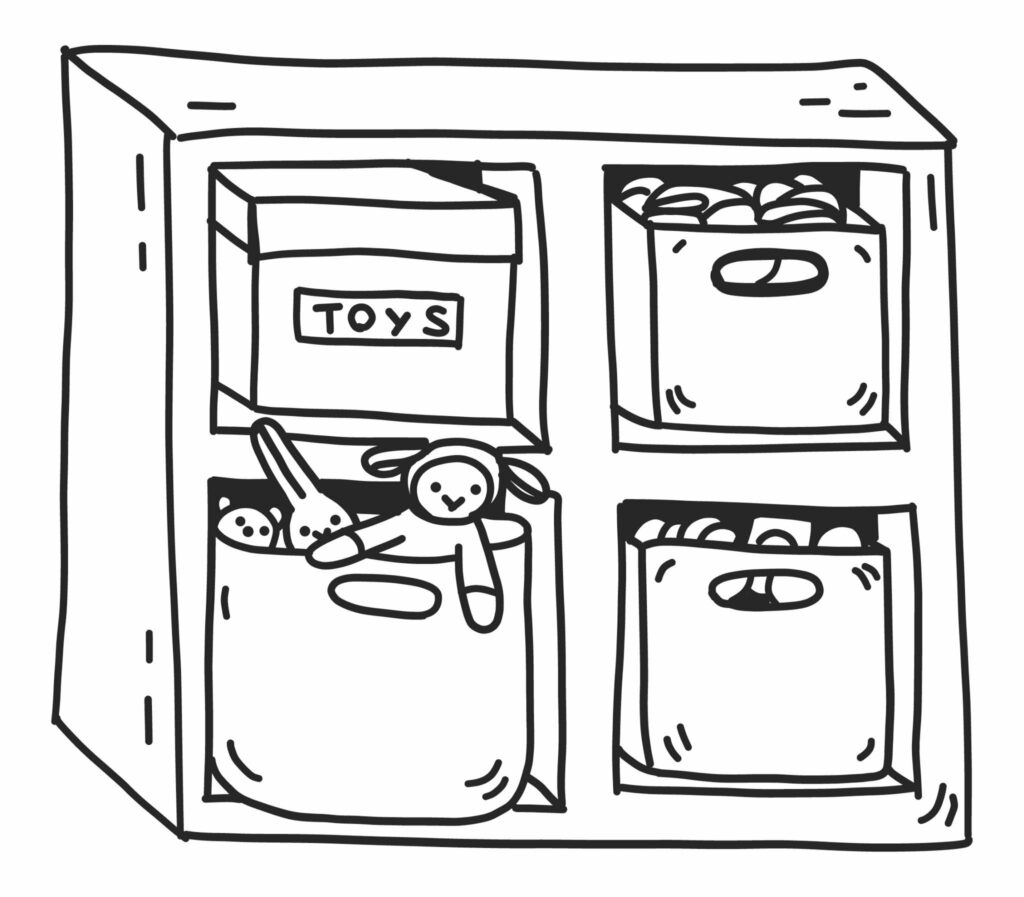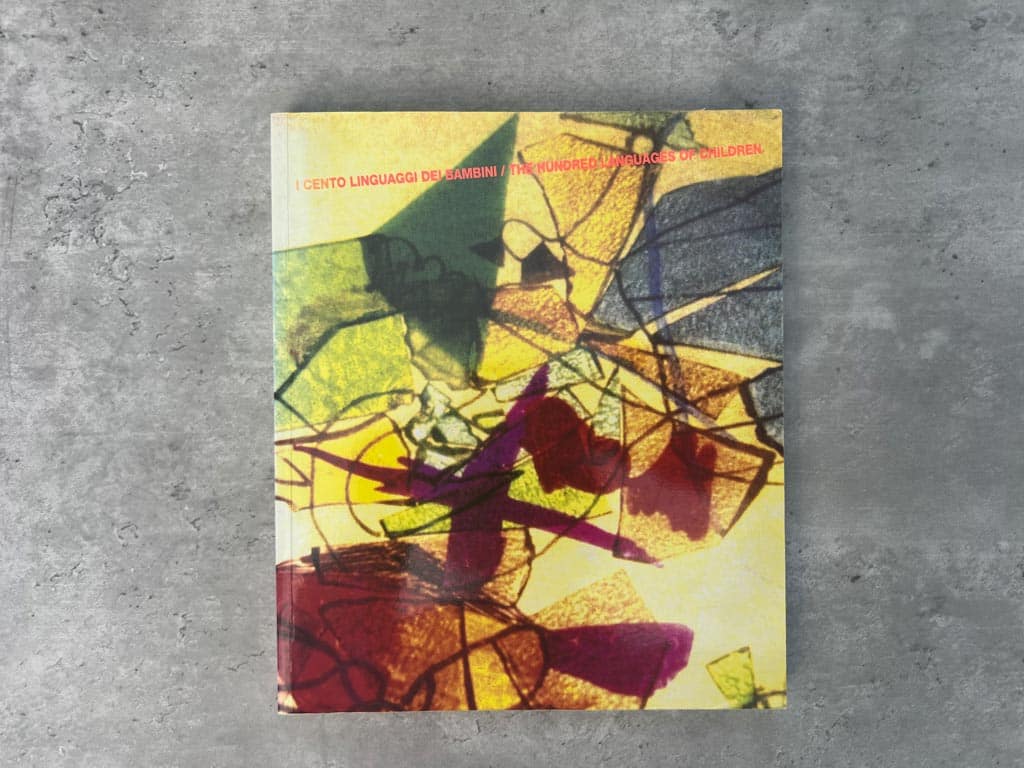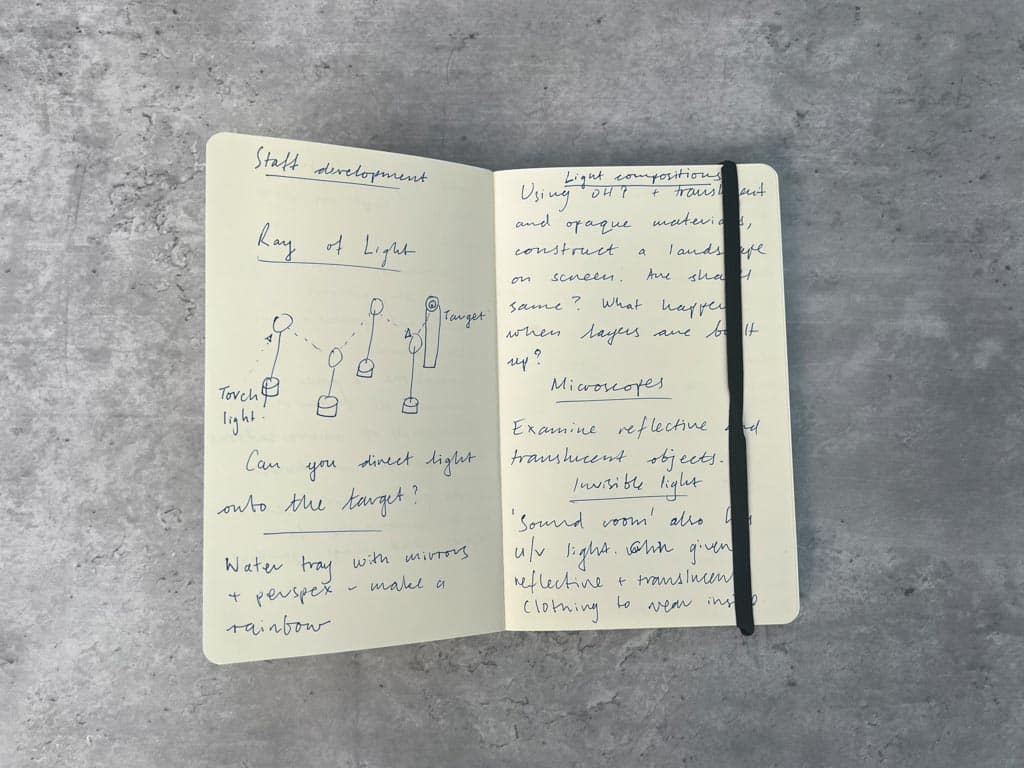My son comes into the living room to find a line of cars, buses and taxis perched on the second shelf of the bookcase, two feet off the ground. He notices a second line of vehicles on the coffee table, pointing in the opposite direction.
Yesterday we took a trip into London to spend time by the river and crossed several bridges. On holiday in France last week we saw a famous aqueduct. Henry would like to visit Tower Bridge next. He’s desperate to see it open for a boat to pass through.
On the floor between the two sets of toys lies a pile of blocks, alongside postcards of London bridges, a map of the city and the Tower Bridge snow globe we bought on our outing.
This is the provocation.
My son likes bridges and we want to deepen his understanding of their construction. But he has to work it out for himself.
He doesn’t have enough blocks to span the gap. He will have to use his imagination to find other materials that will do the job. And knowing his interests, we expect that halfway through the construction he will suddenly decide to convert it into Tower Bridge, with a road that can be raised up. He knows where the craft materials are kept and we’ve made sure that it’s stocked up with card, string and sellotape, ready when he needs it.
Perhaps he won’t even make a bridge at all. That’s just one of many directions his play might take.
Of course, a provocation can be much simpler. A tray full of natural materials, a pile of leaves and some PVA glue, a bag full of objects that are all one colour or a jar full of buttons.
All you can do is take your child’s interests as a starting point and leave them to it. As ever, it’s the process, not the outcome that’s important.
With each provocation, Henry is learning to look at the world in a new way. His assumptions are challenged and he learns to see more clearly.
What provocation could you offer your child today?
What is the difference between a provocation and an invitation to play?
Both provocations and invitations to play are common terms in early childhood education, and while they share similarities, they serve slightly different purposes.
What is a Provocation?
In the context of the Reggio Emilia Approach, a provocation is a thoughtfully planned activity or arrangement of materials intended to provoke or stimulate children’s thinking, curiosity, and exploration. Provocations are designed to invite responses, which can include problem-solving, creative thinking, or deepening understanding of a concept. They can stem from a child’s interest or an educator’s intent to introduce a new concept or idea. They are typically open-ended without a predetermined outcome, encouraging individual interpretation and response.
What is an Invitation to Play?
An invitation to play, also known as a “play prompt”, is a set up of select materials that encourages children to engage in a particular type of play or activity. They are often created to encourage imaginative play, fine motor development, or sensory exploration. Like provocations, invitations to play are open-ended and inspire creativity, but they tend to be more focused on specific types of play or skill development rather than provoking deep thinking or inquiry.
What is the difference?
The main difference between the two lies in the intent behind setting them up: a provocation is meant to provoke thoughts, ideas, and actions related to a particular learning exploration or inquiry, while an invitation to play is more about enticing children into engaging, hands-on play activities that may or may not be related to a specific learning objective. In practice, the line between the two can be blurry, and both are valuable strategies in creating engaging, child-centered learning environments.
Note: . The ‘100’ in One Hundred Toys was inspired by Reggio’s idea of The 100 languages of children.




